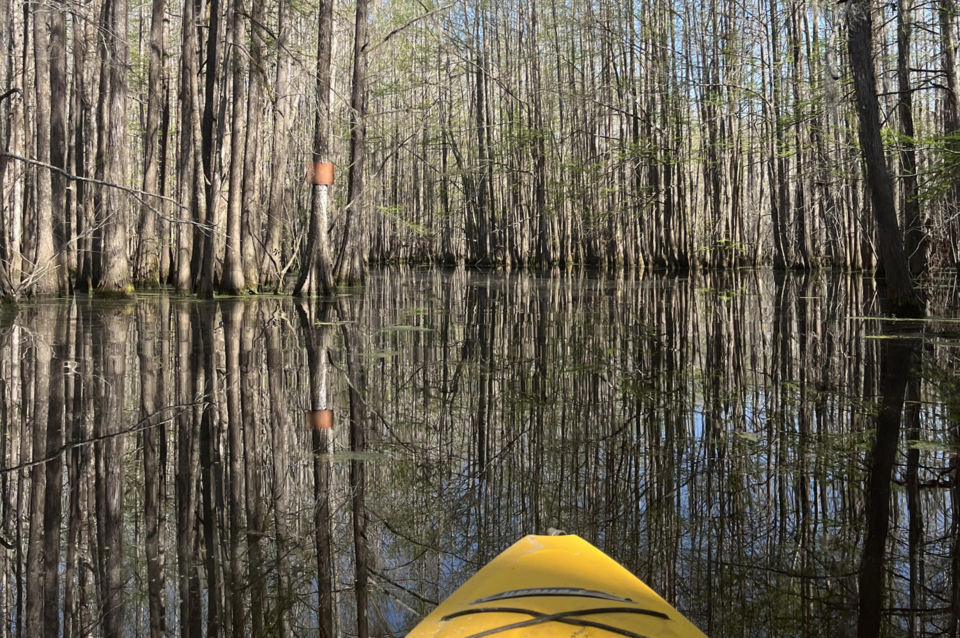Reconnecting with nature can be many things; it can be as simple as sitting outside on your porch, looking out into the woods beyond, or it could be something more intense, such as taking a five-mile hike.
The Blackwater Preserve in Register, GA offers a comforting yet scenic median, where the calming bird calls, occasional splashes of frogs or fish, and the beauty of Duckweed dotting the water’s surface allow you to release the week’s tension and stress as you kayak along.

Vintage signs of all sorts mark your trail, sporting phrases such as “Coffee! You can sleep when you’re dead!” with an exhilarant young woman from the 1950s holding a cup of coffee.
This short adventure will take roughly one to three hours, depending on whether you choose to stop on one of the islands for lunch or decide to go beyond the marked signs, an option the owner, a vintage enthusiast and collector named Strickland Holloway III, explains to those embarking on the kayaking trail.
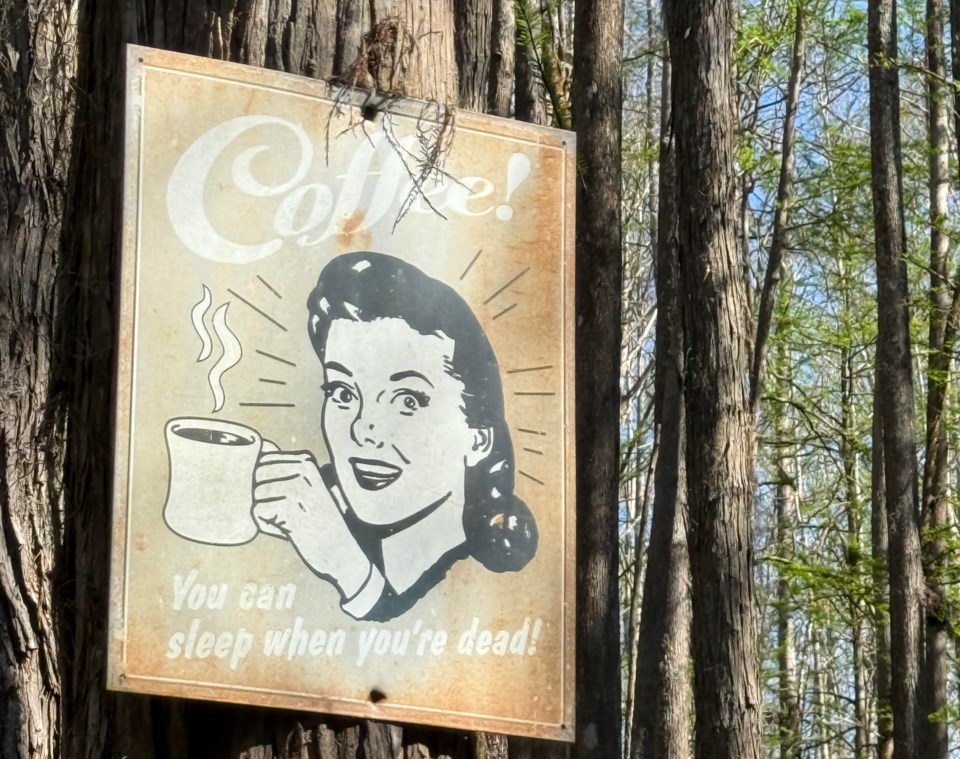
Strickland Holloway III, a man who has lived on this land his whole life, has dedicated his heart to maintaining the property and opening it to the public, with the hope that they too will enjoy the beauty of it.
“I used it for hunting,” Strickland Holloway III said. “I figured I’d open it up and let everybody else enjoy it too.”
His two peacocks definitely enjoy the company of guests, especially the male, who prances around with his colorful feathers spanning wide.

With this land, however, comes great history—a history Strickland Holloway III has delved into and has since found unique treasures throughout the wetland, some of which required excavators to pull from the depths of the water.
It all started with a grist mill, built and owned by Ansel Parrish in the early 19th century, estimated to be as early as 1820.
Grist mills are known for grinding grain into flour; only a few hundred of these mills are left in America, said Strickland Holloway III.
This mill site, known as McElveen Pond, was re-acquired by multiple owners. William (Big Bill) Brannen acquired the property after Parrish’s death, followed by Berry A. Daughtry and George Bird, where it was then renamed the Bird-Daughtry mill. During this time, the mill had a rice huller and the machinery to grind corn.
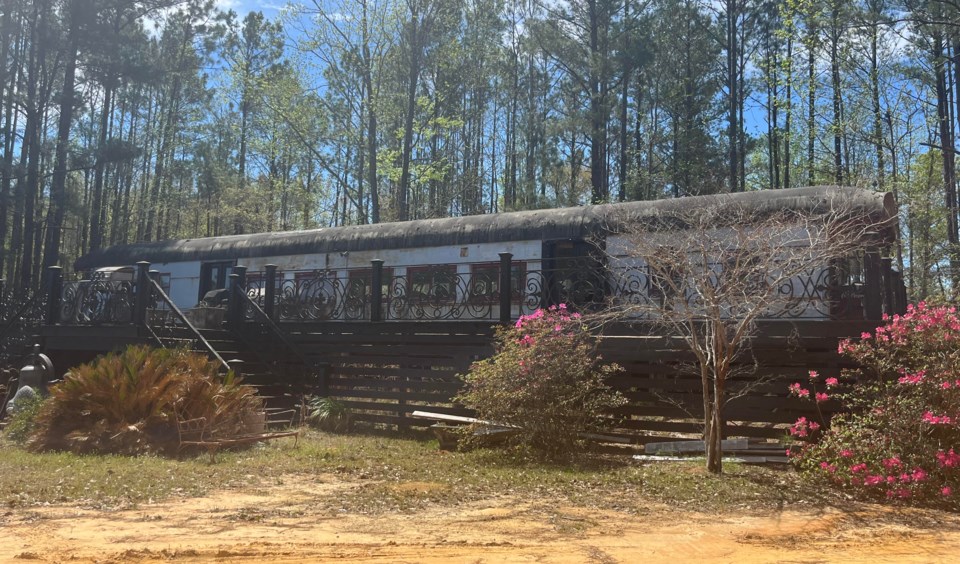
In 1909, James McElveen acquired the property and added gins for Sea Island and Upland Cotton. Gins were used to separate cotton fibers and prepare them for textile production. In this case, two different types of gins were used: roller gins and saw gins.
Roller gins were typically used for separating fibers in extra-long staple cotton, such as Sea Island cotton, whereas saw gins were used to separate the fibers in short-staple cotton, such as Upland Cotton. “Short-staple” cotton refers to cotton with short fibers, and “extra-long staple” cotton refers to cotton with long fibers.
George Byrd eventually purchased this property, and later sold the interest to Strickland Holloway Sr. and Lincoln Womack in 1960.
By 1977, the property interest was purchased from Womack by Strickland Holloway Jr. who owned the property together with Strickland Holloway Sr. until 2000.
Strickland Holloway III purchased the interest from his father and grandfather, continuing the tradition of keeping the property open to guests and offering a variety of activities besides kayaking. Additional activities include fishing, hunting, canoeing, camping, birthday parties and even weddings.
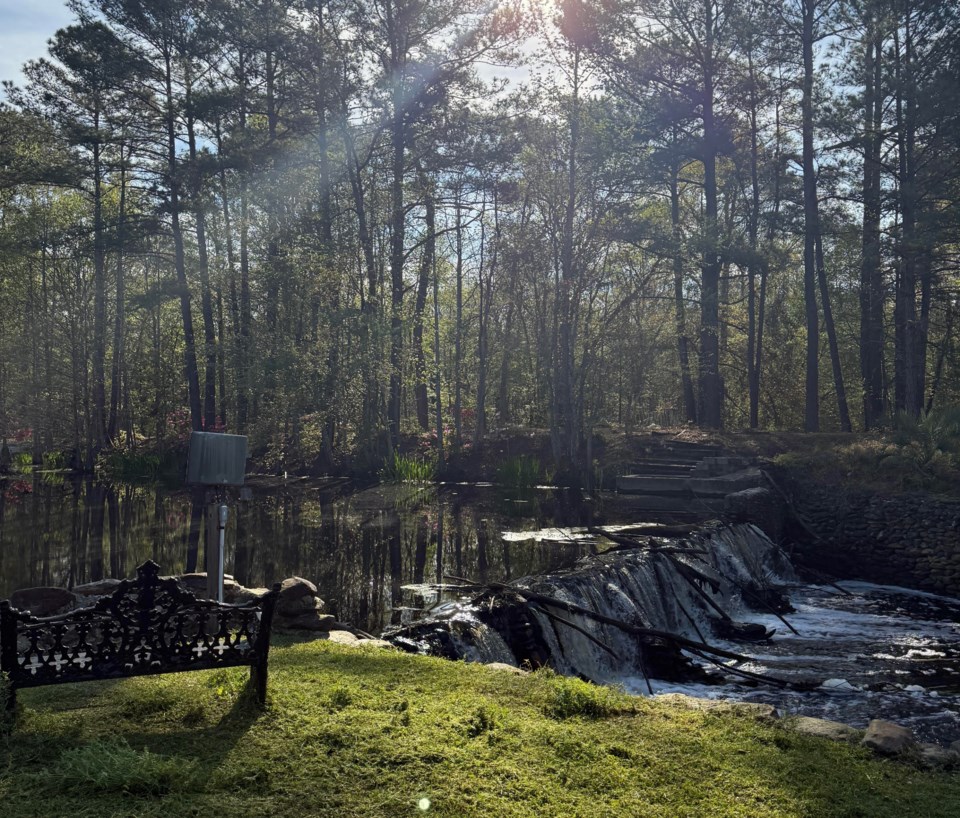
The grist mill that was once located on this property sadly burned down in recent years, but that hasn’t stopped Strickland Holloway III from finding and excavating parts of the mill he’s found in the wetland. Similar to the number of antiques Strickland Holloway III has found and collected over the years, he displays the parts of the fallen grist mill and is happy to talk about the land’s history.
However, Strickland Holloway III shared a part of the land’s history with us that hadn’t yet been shared online—a history taught to him by his grandfather and a story well-known by many locals, said Strickland Holloway III.
During the Civil War, Union General William Sherman, a man famous for his “March to the Sea,” marched through Millen, a town approximately 40 minutes away from Register, Georgia, where the Blackwater Preserve is located.
“All this used to be one big body of water,” said Strickland Holloway III. “These are little islands out in the pond,” he said, pointing to a spot on the map where the islands are now connected by roads.
When Union General Sherman came through Millen, the people who lived on what is now known as Blackwater Preserve crafted rafts and hid away on one of the islands until the army had passed, said Strickland Holloway III.
This event is where one of the islands on the preserve got the name Hideaway Island.
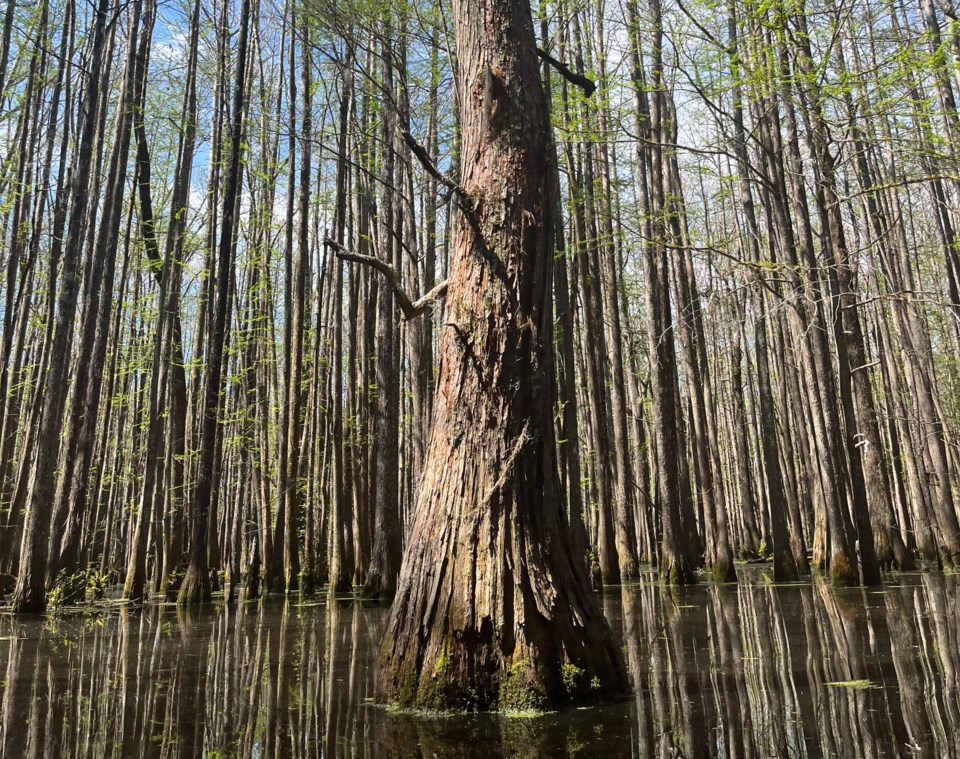
Along with finding parts of the old grist mill and historical artifacts such as old guns, this land also used to be inhabited by Native Americans, said Strickland Holloway III, who has found multiple arrowheads around the property.
Blackwater Preserve serves as the definition of beauty, but beauty is not the only defining factor; while this wetland offers guests a calming reprieve from life’s daily turmoil, it also offers another sense of adventure—one that’s based on our country’s history.
To visit, call 912-682-9521 or 912-690-1241. You must have a reservation before arriving so that staff can meet you to let you into the preserve. More information on Blackwater Preserve can be found here.

